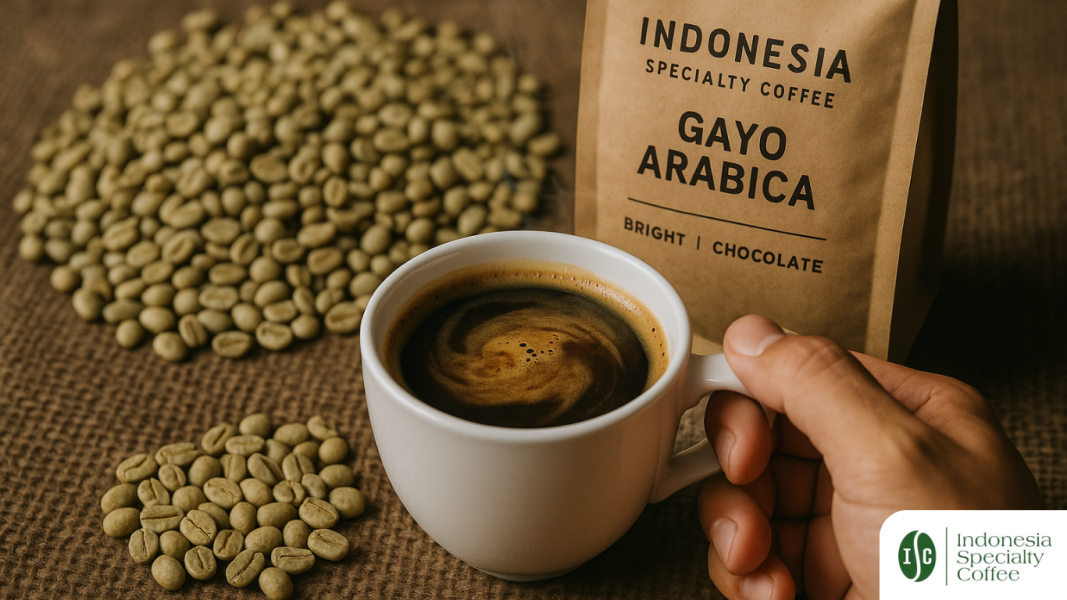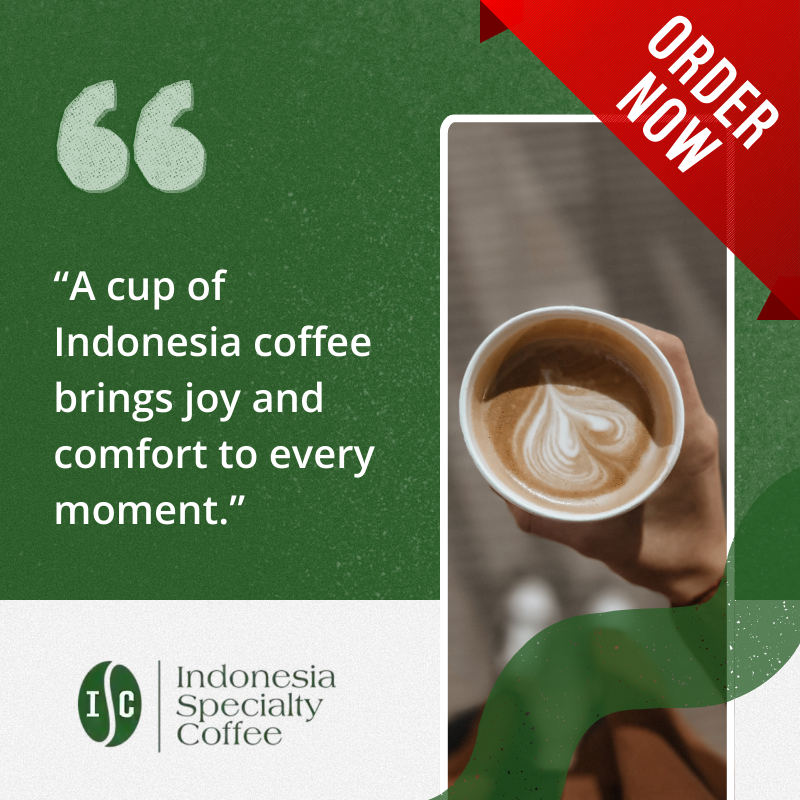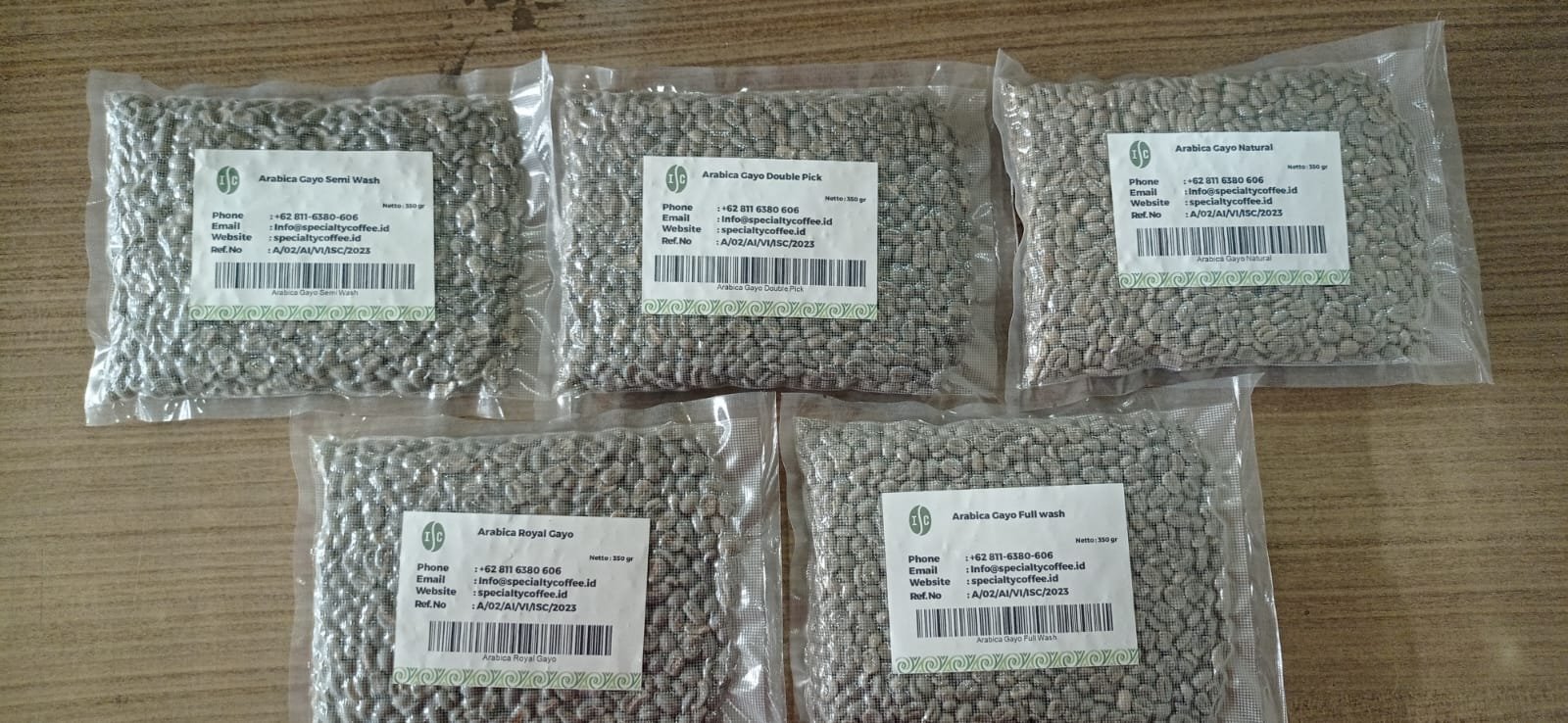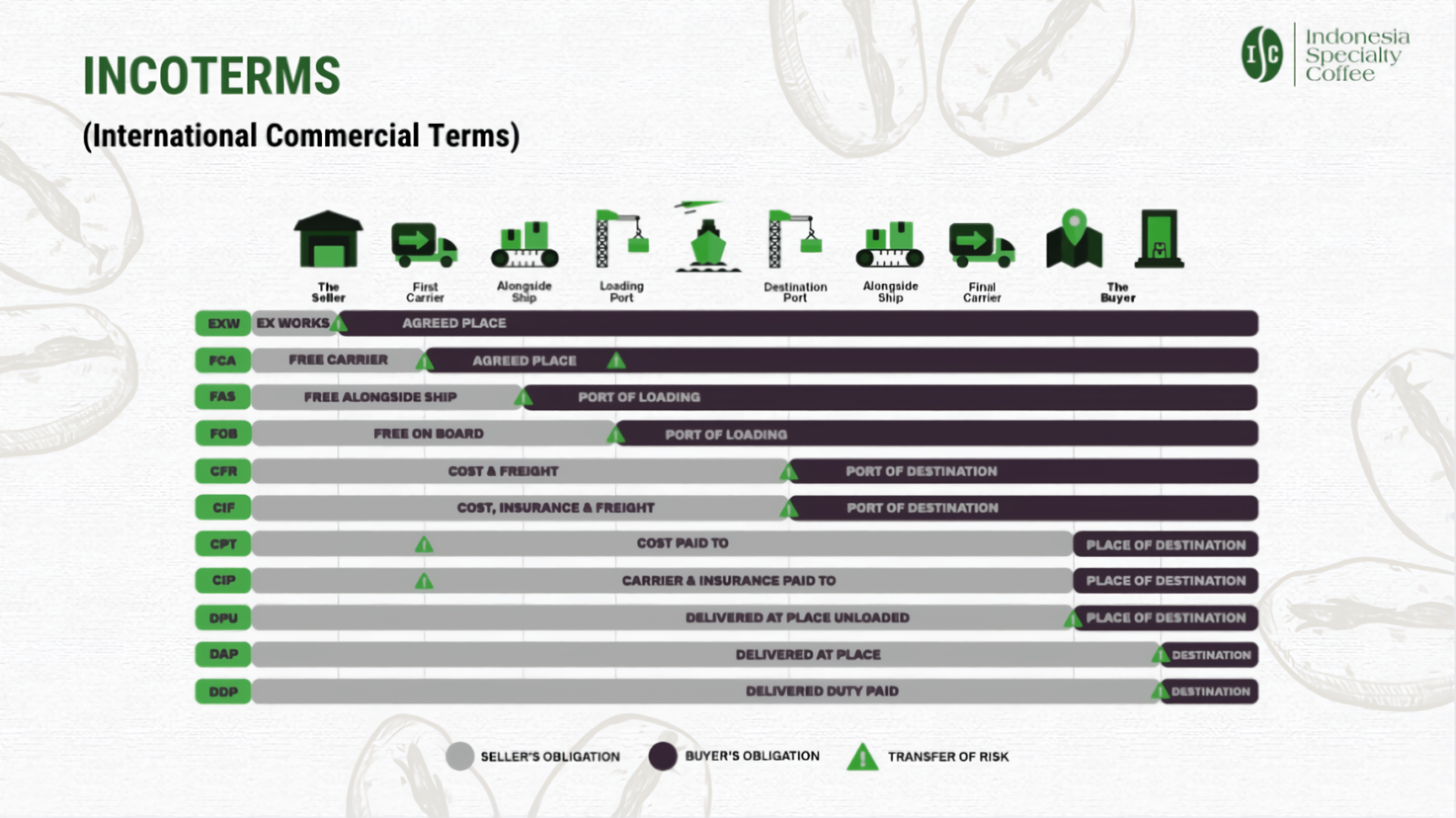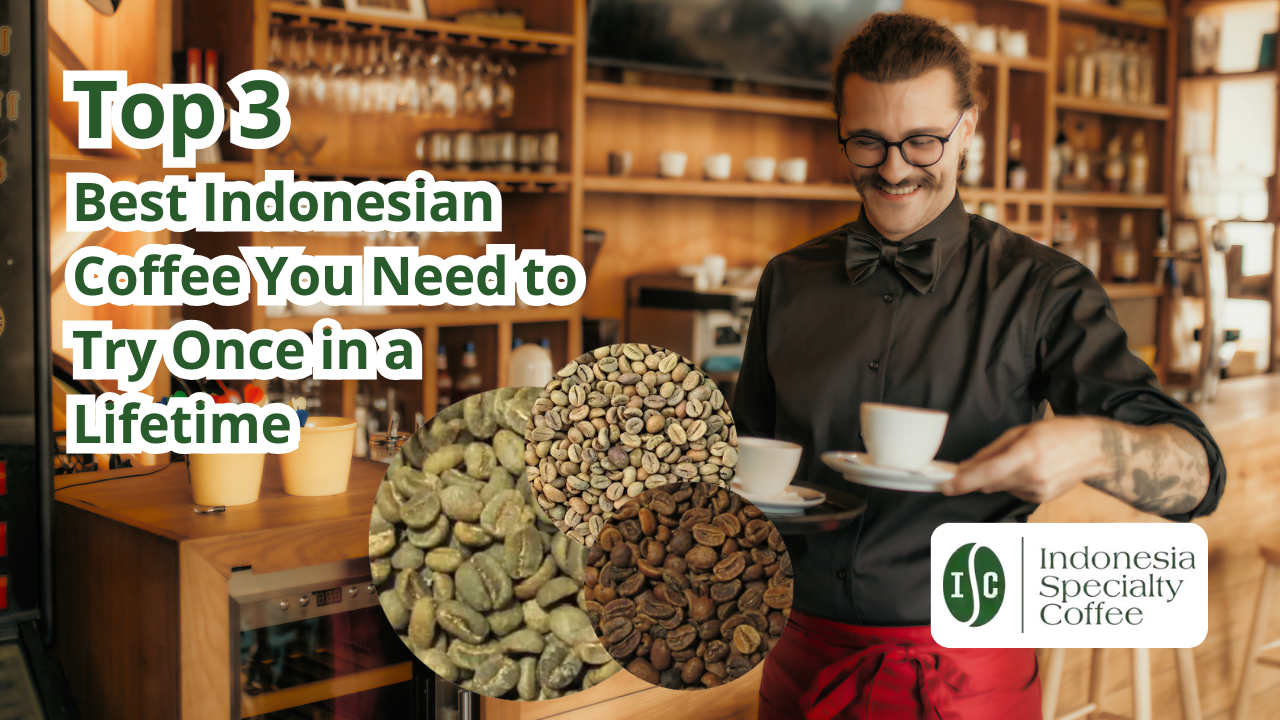Ever had a cup of coffee so rich, so aromatic, that it felt like a story unfolding on your tongue?
That was my first taste of Gayo Arabica from Aceh. It wasn’t just coffee—it was craftsmanship in a cup. But what makes one bean stand out in a sea of blends? At the heart of it lies SCA coffee quality control, and no one does it quite like インドネシア・スペシャルティコーヒー. Using the globally recognized Specialty Coffee Association (SCA) standards, this Indonesian coffee producer is turning local harvests into internationally acclaimed brews.
If you’re a coffee enthusiast, a café owner, or simply curious about what separates average beans from exceptional ones, this is your guide to understanding how インドネシア・スペシャルティコーヒー is redefining quality—one bean at a time.
What Makes Gayo Arabica So Special?
Let’s start with the bean itself. Grown in the misty highlands of Bener Meriah, Aceh, Gayo Arabica is Indonesia’s pride and joy. Rich in volcanic minerals and blessed with the perfect microclimate, this region produces beans known for:
- Bright acidity with chocolate and floral notes
- Dense, defect-free green beans
- High-altitude cultivation (1,200–1,600 meters above sea level)
- Traditional methods like wet hulling and honey processing
No wonder it consistently scores above 80 points in SCA cupping tests, officially qualifying as specialty coffee.
👉 Want to know more? Read this complete guide to Gayo coffee.
Why Gayo Arabica Excels in SCA Coffee Quality Control
🧠 What Is SCA and Why Should You Care?
について Specialty Coffee Association (SCA) sets global standards for grading, processing, and tasting. These include:
- Bean size and shape
- Defect count
- Flavor clarity and balance
- Clean cup and aftertaste
For SCA coffee quality control, a cupping score of 80+ points is required. インドネシア・スペシャルティコーヒー treats these standards not as guidelines—but as a mission.
Step-by-Step: SCA Coffee Quality Control at Indonesia Specialty Coffee
🌱 Step 1: Quality Begins at the Farm
インドネシア・スペシャルティコーヒー partners with skilled local farmers. Each cherry is carefully handpicked under strict protocols to minimize defects.
🏭 Step 2: Post-Harvest Processing with Precision
- Pulping: Specialized pulpers remove the outer skin.
- Hulling: Machines strip remaining mucilage.
- Drying: Beans are sun-dried to the perfect moisture content.
- Sorting: High-tech sortex machines (equal to 350 workers!) eliminate defects like flakes, stones, or skin.
Explore more on defect sorting and green coffee grading here.
🧪 Step 3: Cupping and Final Scoring
Beans are roasted, cupped, and scored by certified Q-graders. Only lots scoring above 80 move to export.
The Fishbone Diagram: Diagnosing Quality at the Root
インドネシア・スペシャルティコーヒー uses a Fishbone (Ishikawa) Diagram to pinpoint causes of quality issues across:
- Man: Well-trained workers following SOPs
- Machine: Automated grading and roasting systems
- Method: Clear, standardized workflows
- Environment: Clean facilities, sustainable practices
💡 Curious how this fits into real production? Here’s a breakdown of Indonesian specialty coffee processing.
Why It Works: Global Recognition Backed by Data
Thanks to SCA coffee quality control, インドネシア・スペシャルティコーヒー:
- Keeps defect rates under 5%
- Produces consistently high-grade coffee
- Strengthens Indonesia’s global coffee standing
- Supports local communities and organic practices
Looking to source premium beans like this? Find top green bean suppliers here.
Final Pour: Craft, Not Luck, Makes Great Coffee
Great coffee doesn’t happen by chance. It’s built on consistency, precision, and care. With SCA coffee quality control at its core, インドネシア・スペシャルティコーヒー proves that Indonesia can compete with the best—bean for bean.
Want to taste the result of this dedication?
Check out this curated Indonesian coffee sampler pack and experience Gayo Arabica in all its glory.
What’s your favorite origin—and how do you brew it?
Let’s keep the coffee talk flowing. ☕💬

